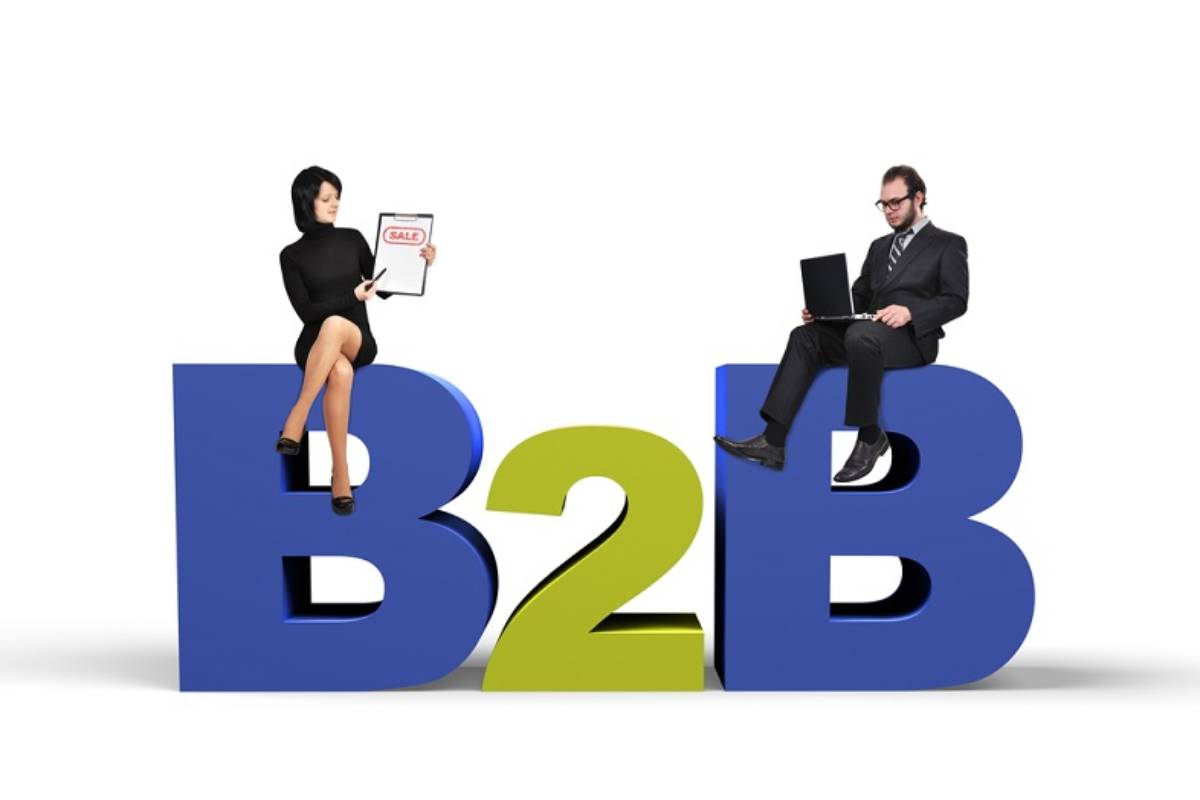Table of Contents
B2B Definition
B2B these are the acronyms of Business 2 Business, ” that is, from company to firm. Therefore, this type of marketing is one that not directs to the final consumer but to other companies.
They either sell them raw materials or other products they need (for example, office supplies). In business-to-business marketing, the customer is interested above all in optimizing their purchasing process.
And usually, the transactions take a higher value than in the consumer market. Due to these characteristics, B2B marketing relies on rational arguments.
What matters is not the emotions but the characteristics of the product or service. The B2B market is “thirsty for knowledge” and wants information as complete as possible through formats.
Such as videos, downloadable, and catalogs. In short, it’s about explaining the objective characteristics of the product in an extensive and details way.
What are Three Metrics to Start Measuring Results in B2B Marketing?
1. Share on Social Networks
- We take already managed to attract the attention of our target audience, but this is useless if our content does not add value to them.
- One way to objectively measure the value we bring to our users is through the number of posts shared on social networks. If they are interested enough to share it, we are on the right track.
2. Percentage of Output
- Our content adds value to our audience, but it must also relate to our company’s mission. It’s useless to take the highly successful post if users did not continue browsing our website.
- So it’s worth finding out which pages take the highest bounce and which are the last ones visited before leaving.
3. Lead Conversion
- The next step is to convert the people who consume our content into leads. To do this, we need to convert them into leads and leave the data, for example, in exchange for the free e book.
B2B Business Groups
We can divide these businesses into four groups: manufacturers, suppliers, governments, and organizations. Each group has its own characteristics, target audience and purchasing behavior:
Manufacturer: definition and characteristics
A manufacturer is a business that produces and sells goods for other businesses. They are also known as original equipment manufacturers (OEM). The products they produce are often used as raw materials in the production of other products.
In a competitive market, companies need to innovate, deliver quality products and build strong relationships with customers. Research articles, testimonials, and other social proof can be helpful. Additionally, your product must increase efficiency, effectiveness, or value.
They focus on businesses or products that cannot be replaced in a competitive market. Sellers can customize solutions by understanding the needs and preferences of their target audience.
You can solve this mystery by introducing your unique products or offering solutions that suit their needs. They buy technology, construction and consultancy.
Government contracts can be lucrative, but they have strict rules and regulations. You must also demonstrate your experience, expertise, and qualifications to meet their needs as they navigate the complex purchasing process. Research.
Financial institutions need effective solutions. Show off the unique quality of your products or offer solutions tailored t o their needs. Show that you have worked with similar organizations and understand their needs

